Good News You May Have Missed This Summer
Environmental news headlines are often anything but positive. We consume endless articles unemotionally stating the losses associated with climate change. This exposure to negative and disheartening news can exacerbate feelings of eco-anxiety, dread, and climate doom. People who are feeling hopeless in the face of climate change may question if continued time, resources, and energy are worth the effort. Hopelessness leads to apathy but at this time, we need passion; a deep and consistent passion that leads to a commitment to protect the people and places we love.
While it may be easy to overlook the articles of hope, success, and positivity hidden amongst dismal headlines, sharing these stories is critical to combat climate change fatigue and advance conservation agendas. There were many hopeful articles published in the news this summer. In case you missed them, here are some highlights:
In Washington, fish populations improve after dam removal in Elwha River
Oregon Public Broadcasting, August 5
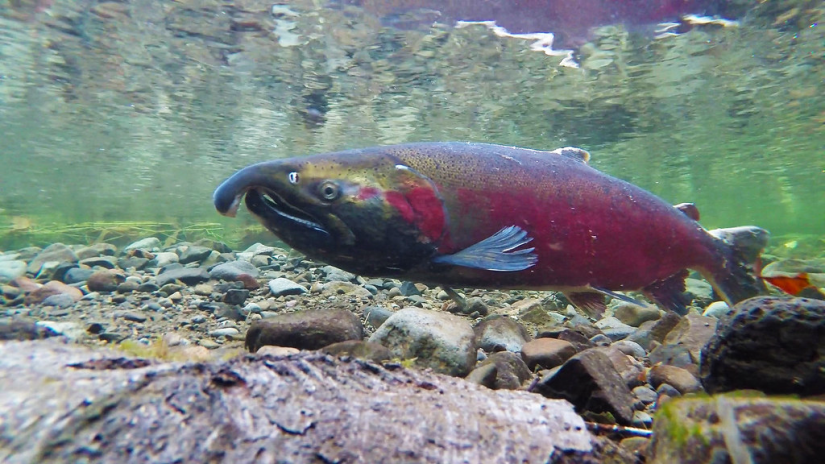
Ten years after the removal of two dams on the Elwha River, salmon populations are increasing. The removal of these dams, led by the Lower Elwha Klallam Tribe in partnership with the National Park Service, Fish and Wildlife Service, and many local organizations, was the largest dam removal project in United States history. It is an important case study for other dam removal projects, such as those under consideration on the Klamath and Snake Rivers, and demonstrates the benefits of ecological restoration work. While the ecosystem took years to recover from the influx of sediment after the dams were demolished, the past few years have seen major habitat improvements, increasing ecosystem stability, and greater numbers of returning salmon.
World’s first zero emission ferry sails between Marseille and Corsica
Euronews, July 9
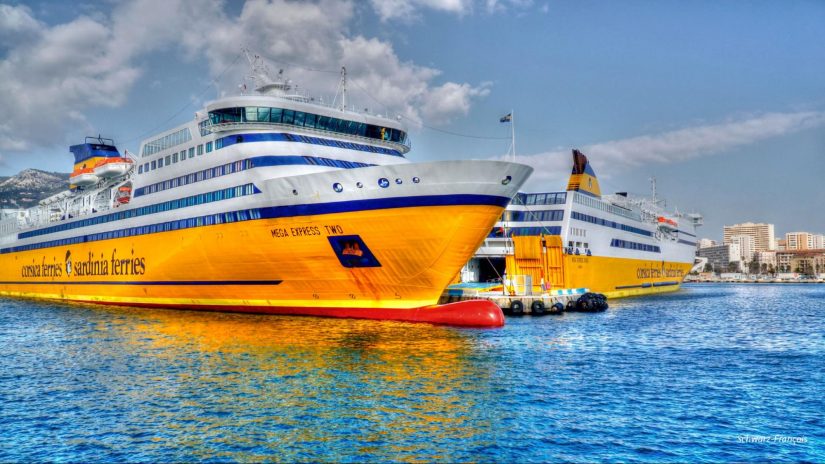
As of this summer, there is a new “zero particle” ferry to a popular French island, Corsica. It is the first ferry that captures 99.9% of the ship’s air pollutants. The technology is being used for the first time in the maritime sector, although it has existed for quite some time on land. This French ferry is a leader in the field and can inspire other maritime companies to follow in their wake. Around 3% of global greenhouse gas emissions are attributed to the shipping industry, which is experiencing pressures to mitigate environmental costs. Reducing the industry’s emissions can be met in part with technological solutions. Related, Seattle is working to electrify its ferry fleet.
NOAA reveals a declining Gulf of Mexico “dead zone”
KXAN, August 11
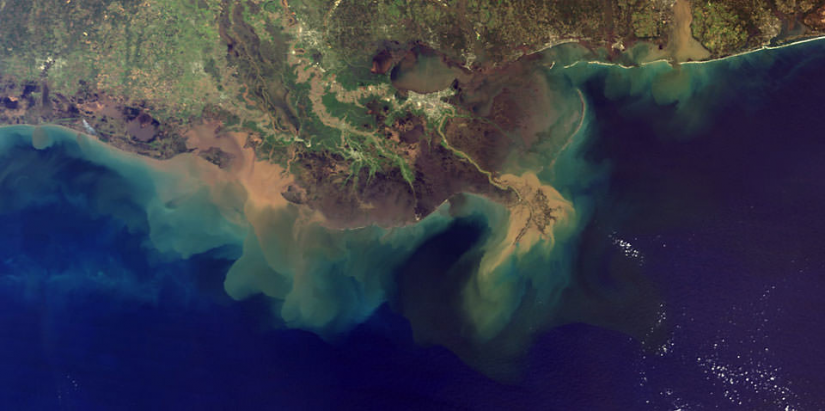
Dead zones, also called hypoxic zones, are areas of water with reduced levels of dissolved oxygen, most often caused by nutrient pollution. Few animals can survive conditions of decreased oxygen levels. Researchers from Louisiana State University, the Louisiana Universities Marine Consortium, and NOAA found that the dead zone in the Gulf of Mexico is 1,000 square miles smaller than the average of the previous five years. The Gulf of Mexico dead zone is fueled by the discharge from the Mississippi River. There are continual efforts to decrease nutrient runoff in the Mississippi which may further decrease the size of the dead zone and increase the health of the Gulf’s ecosystem.
Coral levels in some parts of Great Barrier Reef highest in 36 years
NPR, August 4
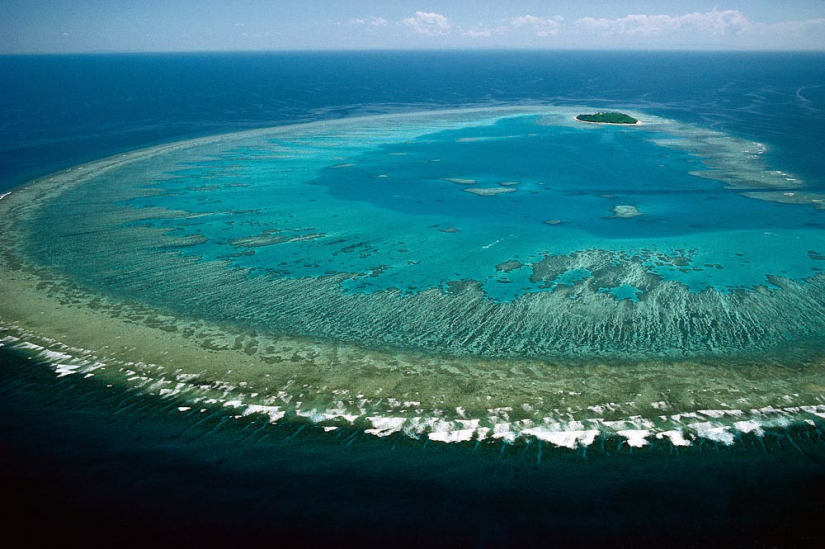
The Australian Institute of Marine Science released a report that the amount of coral is at its highest in 36 years in some areas of the Great Barrier Reef. These high coral cover levels are particularly apparent in the central and northern regions. The corals that make up the Great Barrier Reef continue to demonstrate their resiliency. Despite warming waters, bleaching events, crown-of-thorn seastar population increases, and cyclones, coral continues to recover, providing the building blocks of a strong ecosystem.
Hawaii closes its last coal power plant
New York Times, September 2
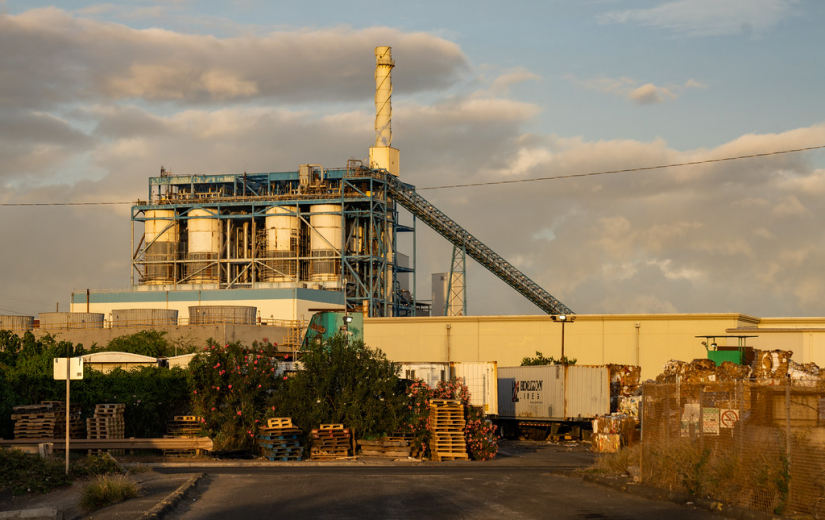
On September 1, Hawaii closed its last coal-fired power plant, Barbers Point Power Plant, in Oahu as part of a goal to transition fully to renewable energy by 2045. This power plant provided 11% of Hawaii’s electricity and its removal will prevent 1.5 million tons of greenhouse gas emissions annually. Hawaii is leaning more heavily on solar energy to meet energy demands. There are 270 coal-powered power plants remaining in the U.S., where over 600 have been closed in the past two decades.
Big win for endangered Klamath Basin fish
Mail Tribune, September 2
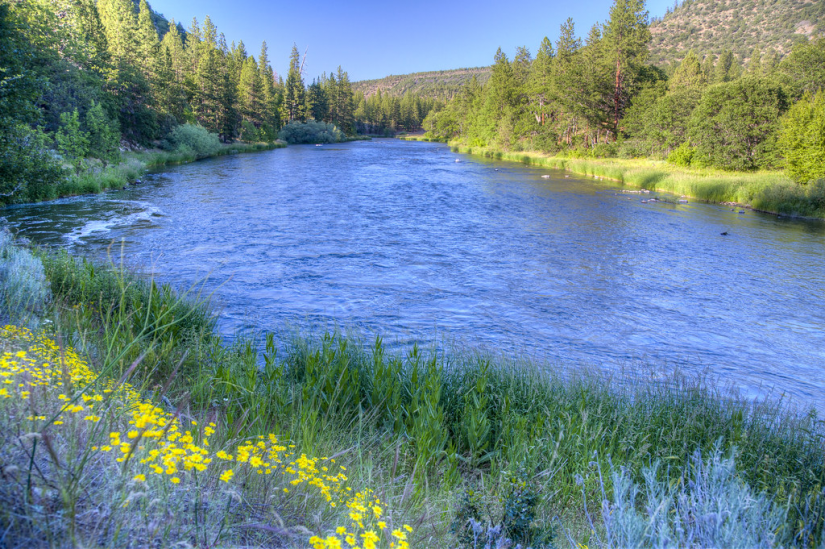
Oregon Senators Jeff Merkley and Ron Wyden announced that, as part of the 2021 Bipartisan Infrastructure Law, $162 million will be allocated to Klamath Basin restoration projects over the next five years. The Klamath River Basin, which spans south central Oregon and Northern California, has struggled from drought, pollution, wildfires, over-irrigation, and habitat loss. All of these climate concerns impact native sucker fish and salmon as well as the Klamath Tribe who depends on them. The funds provided to improve fish populations and habitats will have massive impacts on the Klamath Basin ecosystem.
Kemp’s ridley sea turtle nests 1st in 75 years in Louisiana
ABC News, August 18
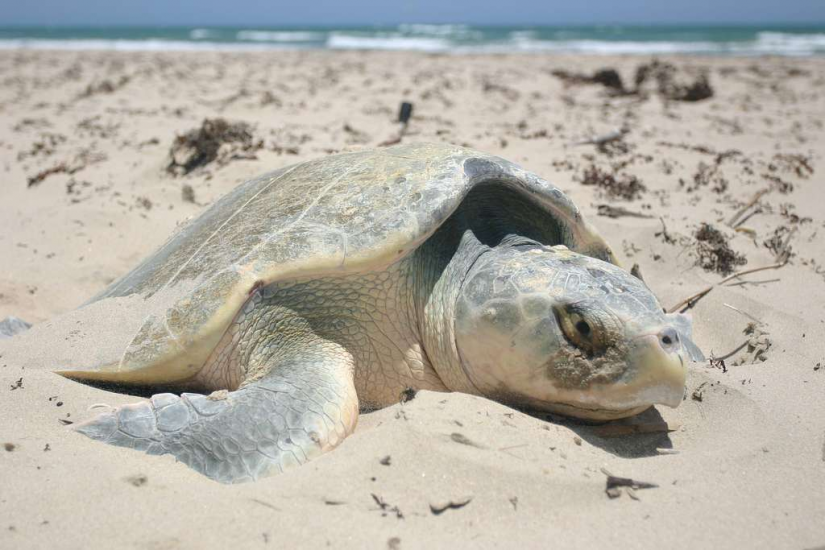
The Kemp’s ridley turtle is the world’s “smallest and most endangered sea turtle.” For the first time in 75 years, Kemp’s Ridley turtles were observed hatching on Chandeleur Islands off the coast of Louisiana. These islands host sites of extensive habitat restoration projects. The return of these highly endangered sea turtles highlight the benefits and importance of protecting sensitive habitats.
Looking for more good news? Switch up your feed! Check out these websites to be further inspired by hopeful conservation stories: Euronews.green, Happy Eco News, and The Daily Climate.